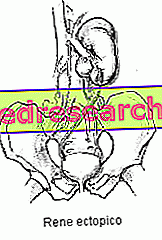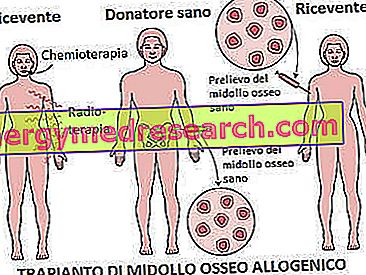Related articles: Geloni
Definition
Chilblains are localized and reversible lesions of soft tissues, consequent to exposure to intense cold.
This is an abnormal reaction of the peripheral microcirculation, which manifests itself as a painful inflammation. Chilblains can be idiopathic (to be considered as a physiological reaction at low temperatures) or represent a warning signal for certain medical conditions, which must be investigated. A recurrent symptomatology, for example, may suggest the presence of connective tissue diseases (eg lupus erythematosus and systemic sclerosis) or concomitant circulation disorders.
Chilblains mainly affect the extremities of the body, such as ear lobes, nose, toes and hands. Unlike freezing, tissue damage is not associated with the formation of ice crystals. Chilblains can be both acute and chronic (ie they can recur seasonally for some years).
Most common symptoms and signs *
- bubbles
- Cyanosis
- Edema
- Erythema
- Nodule
- Pallor
- Paresthesia
- itch
- Cold sensation
- Skin Ulcers
- blisters
Further indications
The symptoms of chilblains generally appear shortly after exposure to cold. In the affected areas, the skin reaction manifests itself with redness and swelling, pain, itching, numbness and burning sensation. These are associated with variations in skin color (from red to dark blue).
The symptoms worsen if the individual enters a warm environment: sudden heating can cause rapid dilation of the capillaries, which can lead to the leakage of blood into the surrounding tissues.
The lesions can be single or multiple, that is, more chilblains can join together to form an extended erythematous area. In severe cases, the affected areas may be covered with blisters and skin ulcers. These lesions can delay healing, as well as predispose to the development of scars and secondary infections.
Typically, the chilblains are self-limiting: if the patient avoids exposure to the cold, the symptoms usually disappear within 1-3 weeks.
Treatment includes the use of heating, topical remedies and, if necessary, outside the acute phase, selective surgical treatment of damaged tissues.



